by Robert Haynes-Peterson | Feb 20, 2018
When we think of rum, our minds wander straight to the white-sand scenery of the Caribbean—palm-tree-lined distilleries located next to docks, waves lapping against the shore. But the fact is rum can be produced anywhere in the world, including the mountainous regions of North America, Nepal, Guatemala and Brazil. (Well, Brazil produces cachaça, but we’ll get into that.) More importantly, it turns out that making rum in the mountains versus the lowlands has an impact on the flavor and character of the spirit…
…In Brazil, sugar cane is grown in many locations and microclimates to create cachaça. Dragos Axinte, the CEO of Novo Fogo organic cachaça, says that where the cane is grown has a significant impact on the flavors it imparts to the finished spirit.
“Rhum agricole from Martinique comes from a maritime environment, and the sugar cane picks up a lot of brine,” he says. “Cachaça is more tropical, generally surrounded by fruit trees, so you get a softer product with more fruit notes.”
Novo Fogo is located at the base of the Serra do Mar mountain ranges in Brazil’s southern Atlantic rainforest. As a result, Axinte says they “get the best of both worlds,” located on the edge of the mountain slopes amid fruit plantations and within sight of the ocean.
Novo Fogo’s location on the edge of the highly endangered rainforest and the eco-conscious city of Curitiba infuses every aspect of the rum’s production, from gravity-fed distillation (thank you, elevation) and the pristine air (scrubbed clean by the jungle vegetation on the slopes) to the red tail parrots that feed high in the mountains and help extend the jungle’s reach to the ocean through their waste.
“You can smell everything—the ocean, the bananas and passion fruit from the slopes, the rainforests,” says Axinte. “All of that is in the sugar cane.”…
WHAT YOU NEED TO KNOW ABOUT HIGH-ALTITUDE RUMS
Liquor.com, February 20, 2018

